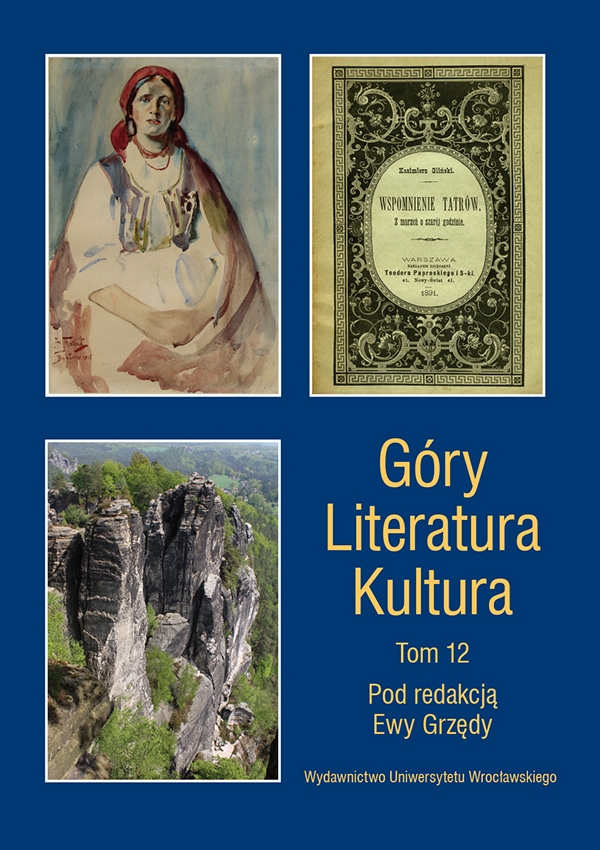

Artykuły i rozprawy

“The mountains are indeed God’s most noble creation”: On Zofia Kossak’s Złota wolność Golden Liberty
Zofia Kossak, author of excellent historical novels, outstanding books for young readers and many other fine literary works, liked to describe landscapes, with the mountains being her favourite landscapes. She sensed their sacred dimension, as it were, and symbolic meanings. She “read” them as cultural texts and described their colours, scents and sounds with a large dose of sensuality, which made her descriptions dynamic. As a result, they still seem to be moving and the people included in them always travel across space and inside their inner selves.
Space is described in a sensual manner true to reality, because the writer knew it from experience; enchantment but also realism can be found in all descriptions and plots — constructed in a way that would make it possible to show this space as much as possible, at various times of day and year.
This is precisely the case of Złota wolność Golden Liberty, a novel about the 17th century, the action of which takes place in the regions of Nowy Sącz, the Island Beskids and the Pieniny. The protagonists of the novel, Sebastian and Piotr Pielsz, brothers from Czarny Potok, are Polish Brethren, fighting for the affection of one girl, Hanka, whose heart is won by the younger brother, Piotr, a brave Winged Hussar who fought under Chodkiewicz at the Battle of Kircholm. All this is happening against the background of lush highland nature described with admiration, at various times of the year.